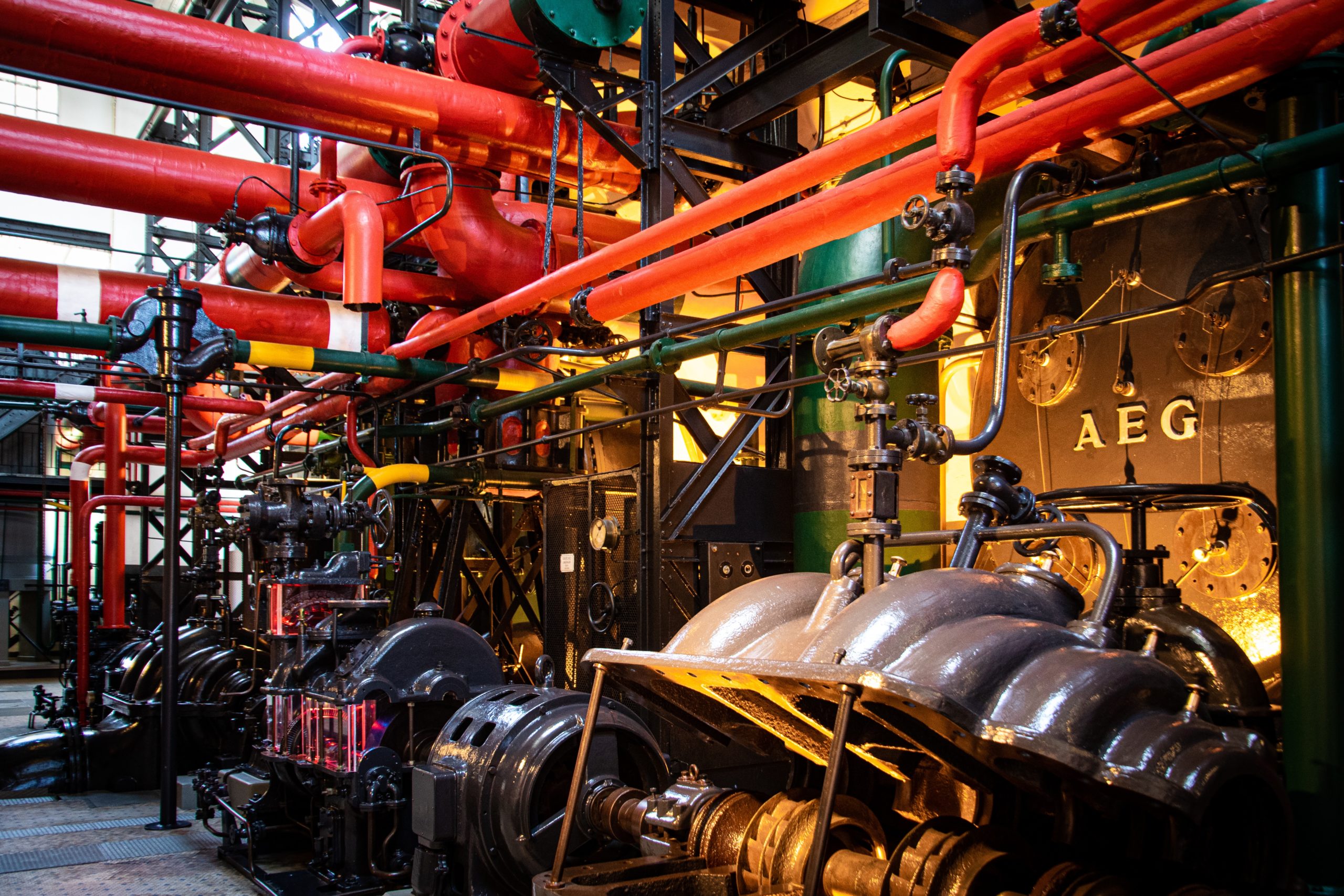A Guide To Industrial Tubes And Valves
All of us must have come across or bought a few valves and tubes at some point in our life. Plumbing requires plenty of use of different kinds of valves and tubes. And no house or building maintenance or renovation is complete without some plumbing work.
However, industrial plumbing is somewhat different from the kind of plumbing we usually refer to. The installation happens on a large scale and needs reliable control systems. Industrial plumbing requires the inputs to be put in definite proportions to get their perfect output. And industrial valves are primarily used to automatically or manually regulate this input medium flow. It is necessary to understand these products well to get the right industrial valve for the right purpose. As even the littlest mistake can cause huge harm to the entire process.
What Is An Industrial Valve?
Before we start explaining the types of industrial valves and their respective uses, let us dig deeper into what an industrial tube is. Industrial tubes and valves, just like normal valves, are a product of the ptfe tube factory used for better durability, greater water and heat resistance, and high melting point.
The industrial valves consist of a mechanism that lets it monitor, control and close the system flow during an installation. It can be operated both manually and pre-programmatically.
Different Parts Of Industrial Valves
Most industrial valves and tubes have six main parts-
- A body: A PTFE, steel or alloy-made outer covering and the most visible part of the valve.
- A bonnet: This stays inside the valve body. The bonnet contains and covers all internal parts of the valve and keeps them in place.
- A seat: This is the most internal part, made out of PTFE with clean room injection molding or non-reacting metals. It is like a passage for fluid flow.
- A handle: Although automated valves do not have this part, all manually formatted valves have this. It lets a third party control the valve mechanism.
- A head: A movable part attached to the seat to regulate the medium flow. The shapes of the valve head may change according to the type of the valve.
- A stem: This connects the handle to the head or the disc.
Types Of Industrial Valves
Now, depending upon the designs, shapes, parts and usage, industrial valves and tubes can be separated into 5 main categories-
- Ball Valves
- Butterfly Valves
- Check Valves
- Gate Valves
- Glove Valves
Now, let us explore how each of these looks and works.
1. Ball Valves:
Ball valves use metal or plastic balls to regulate the medium flow. They sustain temperature and pressure up to 200degree Celcius and 700 bars, respectively. These valves are extremely dependable when working with gaseous substances.
Advantage-
- Low maintenance and cost-effective
- Are absolutely air-tight and leak-proof
- Easy to operate with a 90degree movable handle
Disadvantage-
- Overuse can damage the balls
- Can not be used as a permanent controller
- Might not be very effective against chemical fluids
2. Butterfly Valves:
These valves are almost the same as ball valves, however, their main use is to control liquid and chemical flow. It is highly applied in oil, fuel and power generating industries. They also have a 90degree handle in a butterfly shape and are very easy to regulate.
Advantage-
- Can be used for permanent throttling
- Can support high temperature and pressure
- Low maintenance, accurate control system and leak-proof
Disadvantage-
- Built with no permanent stop to medium flow
- Even at its maximum opening, a portion of the regulating disc is always in the way of the flow
3. Check Valves:
This valve has a simpler design than the other fours and can operate independently without any external force. Allowing the medium to flow in only one direction, it prevents reverse flow and possible damage to the system.
Advantage-
- Prevents backflow into the system
- Can perform without human involvement or automated technologies
- Can undergo high-pressure points
Disadvantage-
- Relies on medium velocity to function
- Prone wear and tears
- Unfit to be used in pulsating machines
4. Gate Valves:
Gate or ship valves mainly work as isolation valves and have greater utilization in large manufacturing industries and projects.
Advantage-
- Do not obstruct the medium flow or pressure
- Durable, cost-effective and made out of medically safe materials
- Widely used in housing and commercial sectors to maintain water flow
Disadvantage-
- Are very hard and time-consuming to operate
- Excessive wear may cause leakage
- Maintenance is costly and complex
5. Glove Valves:
These are the most popular valves when controlling water flow. Glove valve takes shorter to operate than gate valves and can support more pressure.
Advantage-
- Complete close-off system and leak-proof
- Are perfect for permanent throttling
- Contains a stationary body ring to support higher pressure
Disadvantage-
- MIght disturb primary fluid velocity
- Maintenance is costly
- Takes up a lot of space as this type of valve head is larger than other valves
General Use Of Valves
Although valves are divided into categories such as-
- Check Valves
- Control Valves
- Distributive Valves
- Safety Valves, and
- Shut-off Valves
based on their functions and applicating industries, generally, industrial valves are used in
- Construction Sectors
- Foods Manufacturing Industries
- Marine Industries
- Oil And Fuel Producing Industies
- Pharmaceutical Industries
- Pipeline Distribution Industries
- Power Generation Industries, etc.
The types of valves required may change according to the needs, use, durability and sustainability. So, next time you go to an industrial valve market, do your research with us and buy the right one.

